Year 11
Chemistry Excursion to Melbourne University

Year 11
Chemistry Excursion to Melbourne University
On 13 June 2025, approximately thirty Year 11 students participated in an enriching educational excursion to the University of Melbourne, where they were introduced to a range of advanced laboratory analytical techniques in the field of chemistry.
The day commenced with an informative lecture delivered by Mr Mick Moylan, who provided an overview of the diverse Bachelor of Science programs available at the University of Melbourne, along with potential career pathways in the sciences. His presentation highlighted the exciting possibilities that lie ahead for students pursuing tertiary studies in chemistry and related disciplines.
Following the lecture, students were escorted to the university's chemistry laboratories, where three postgraduate researchers facilitated a detailed workshop on UV-visible spectroscopy—an essential technique in modern analytical chemistry. Students gained hands-on experience in preparing aqueous ion samples by performing serial dilutions using precise laboratory equipment, including automated pipettes, volumetric glassware, and chemical reagents. The focus was on ions commonly found in environmental water testing, such as iron, phosphate, and nitrate.
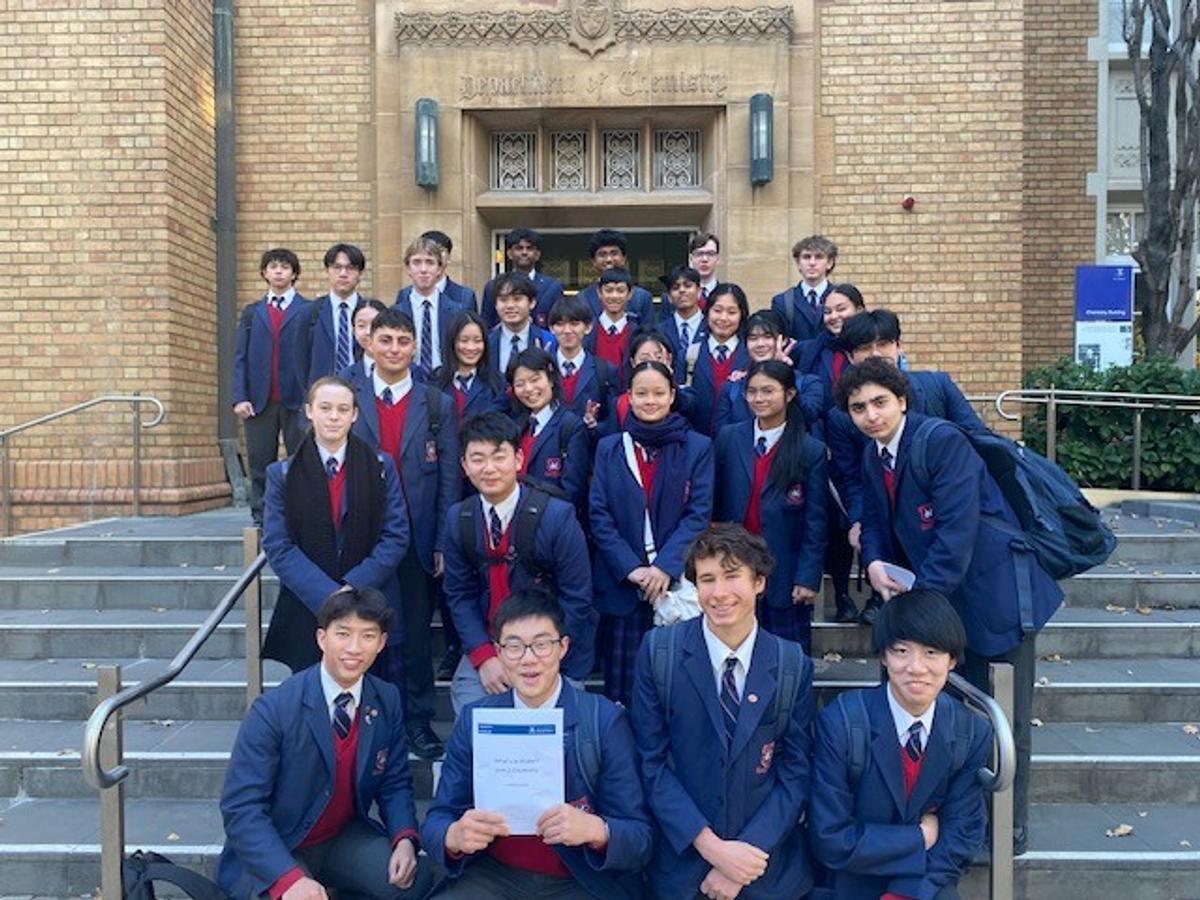
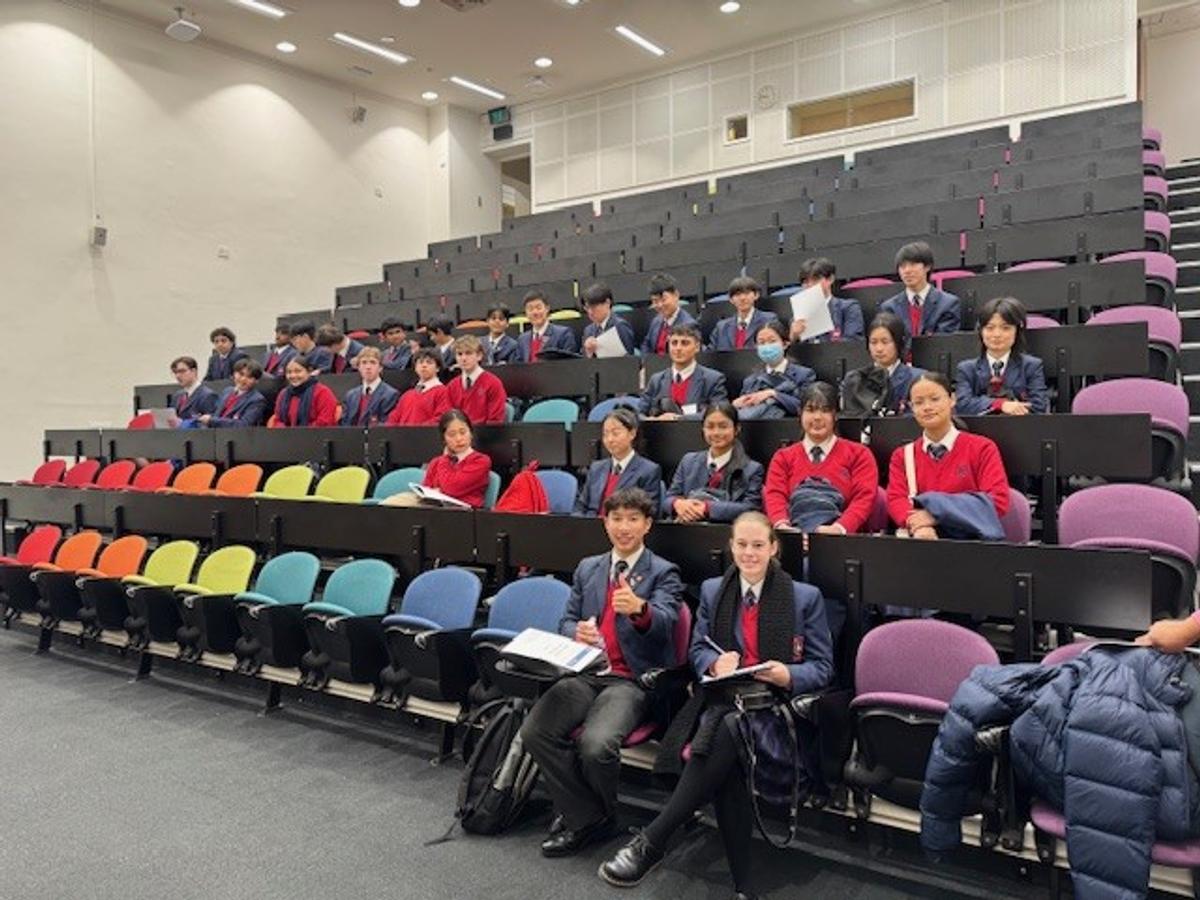
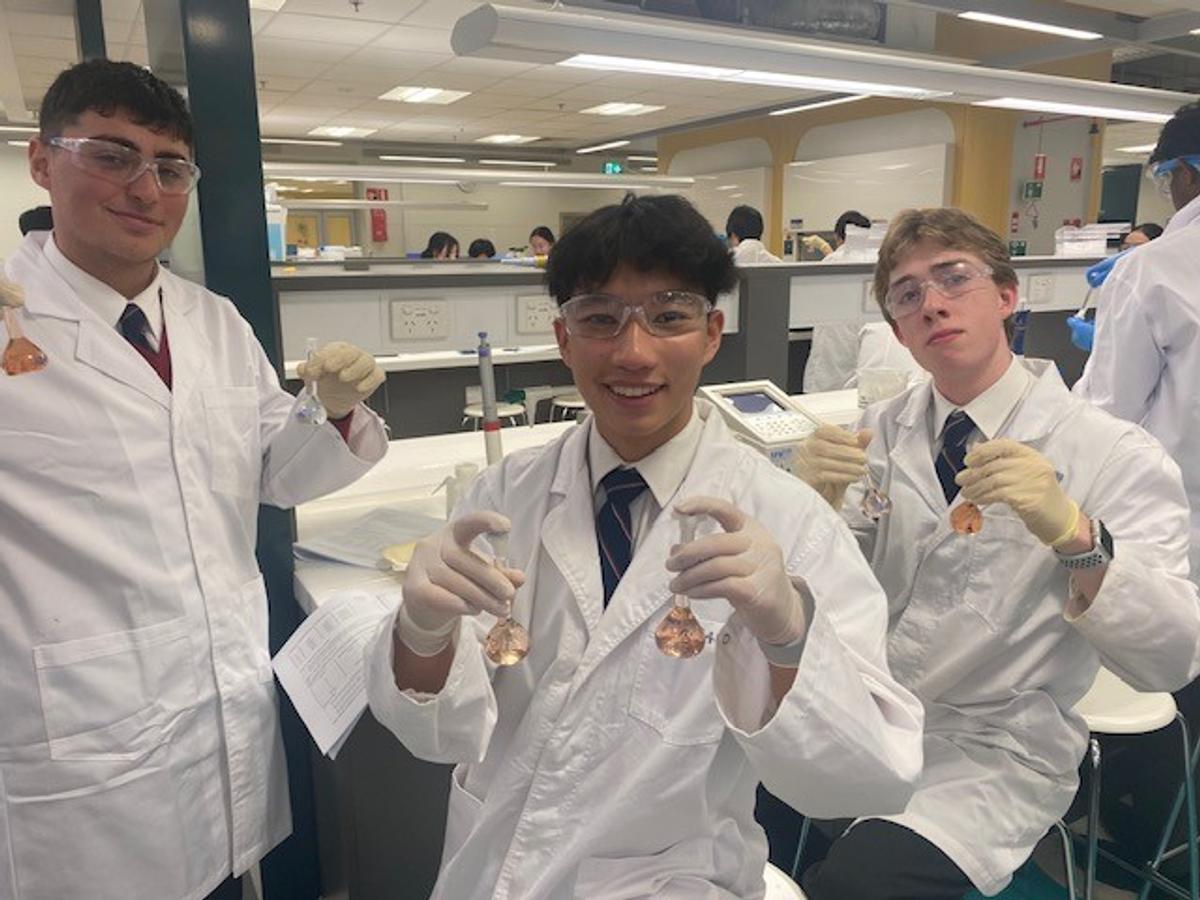
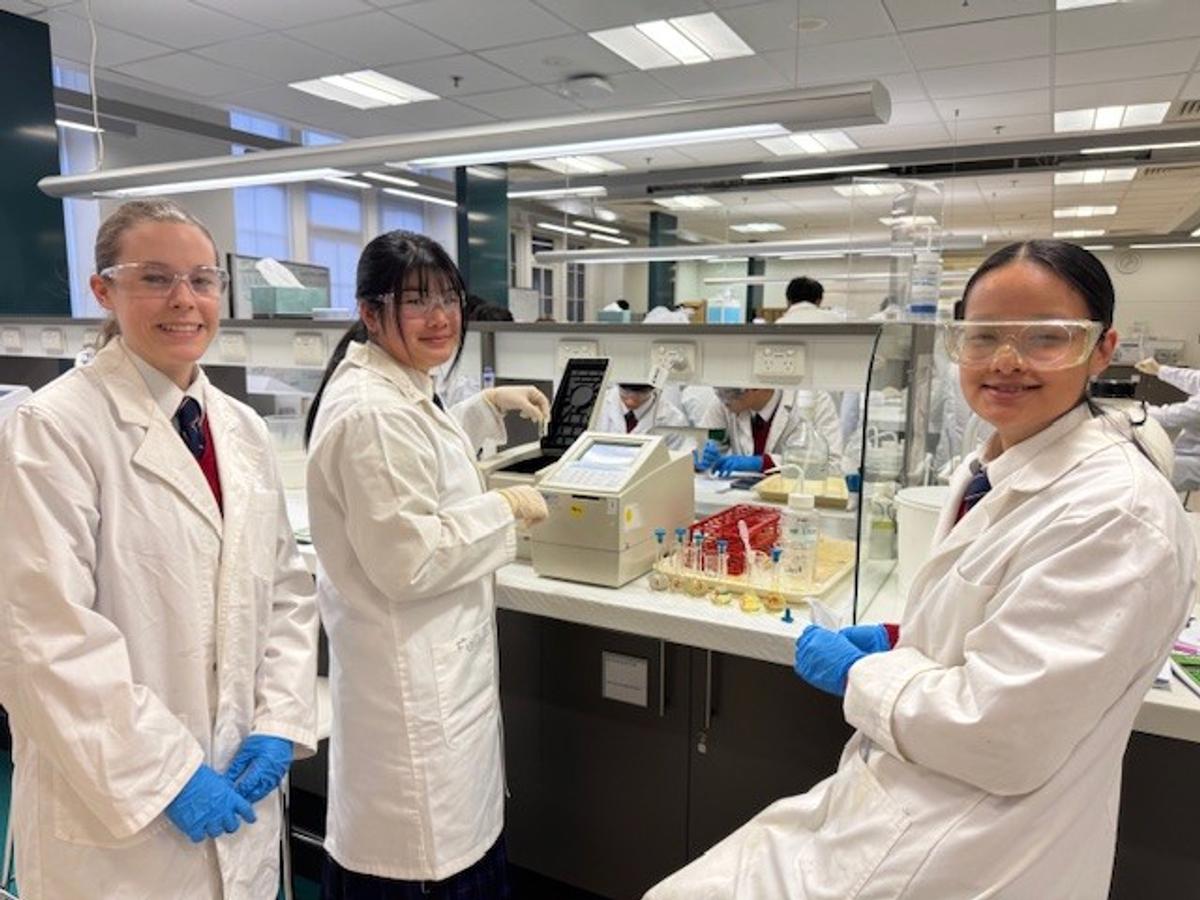
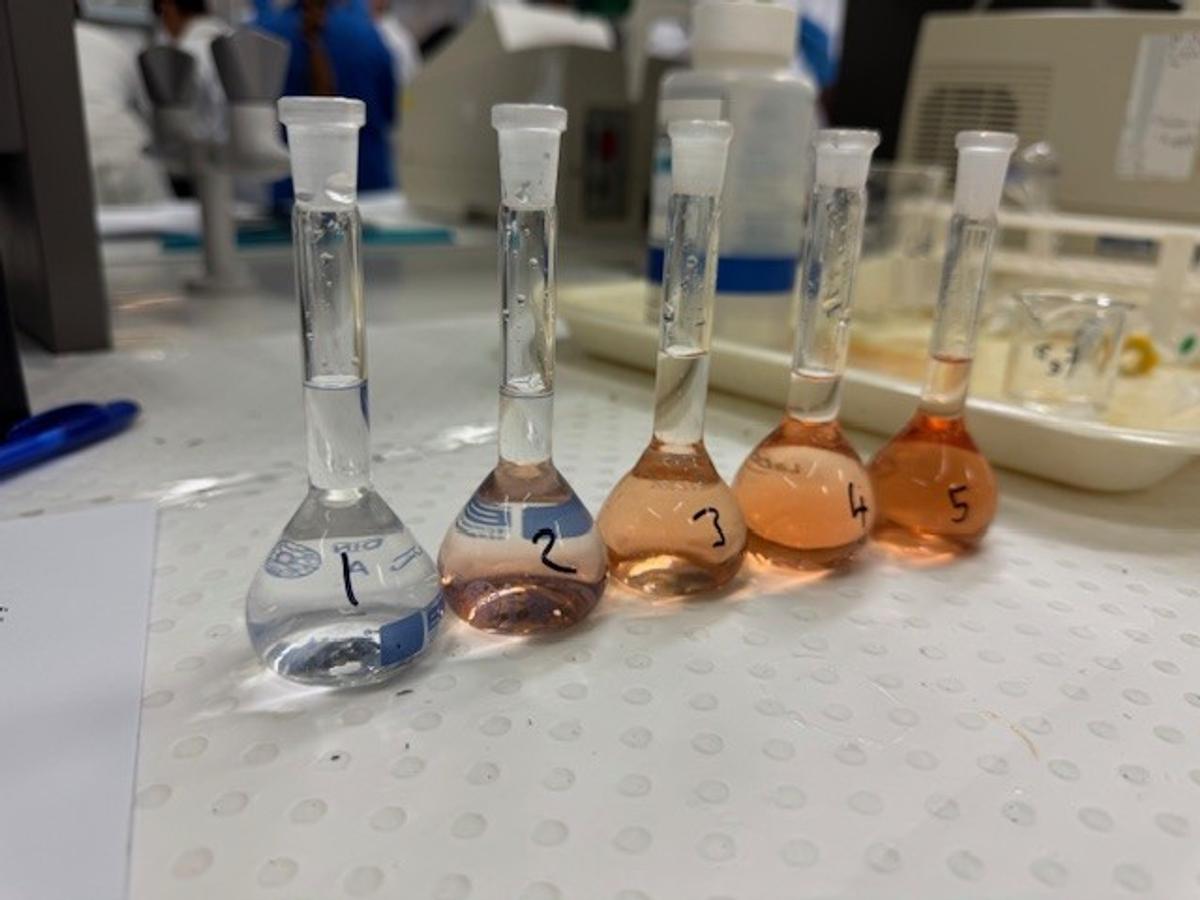
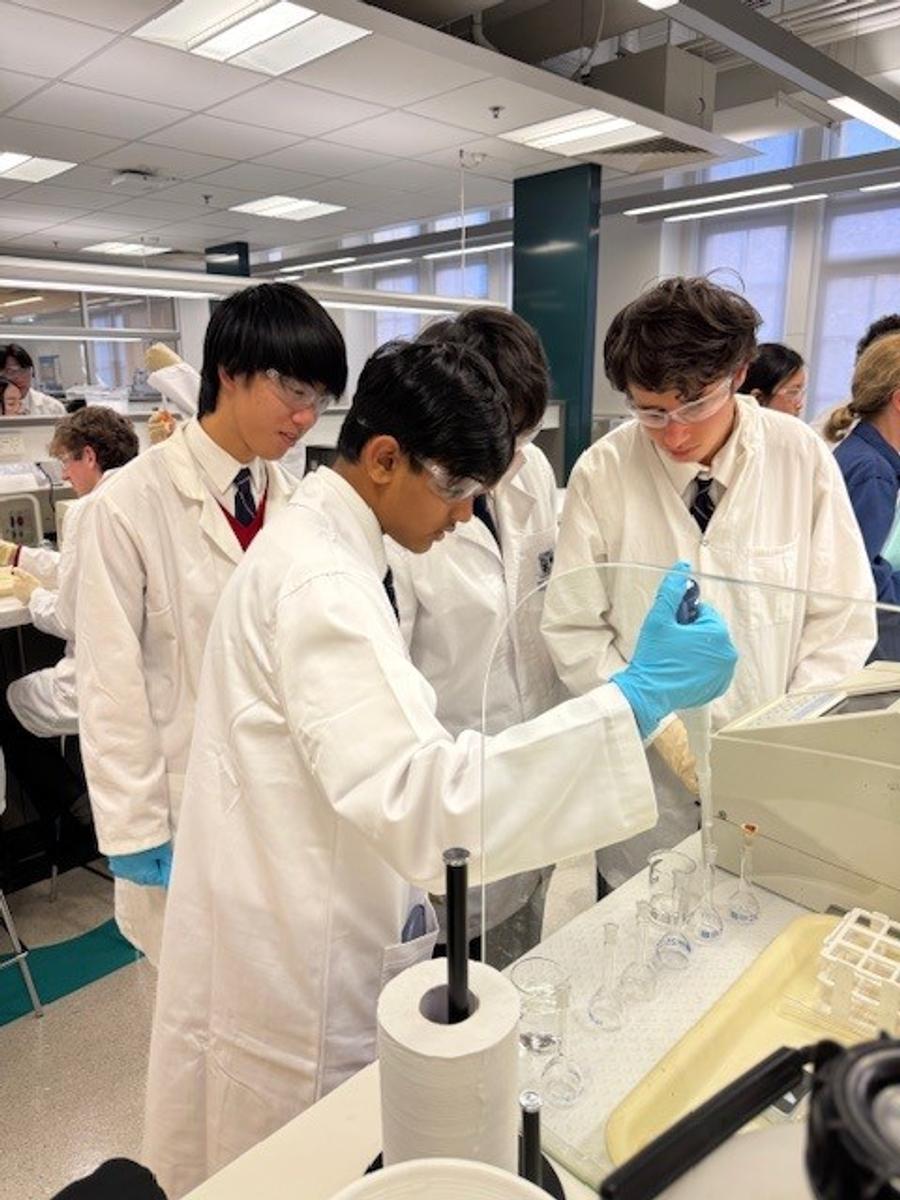
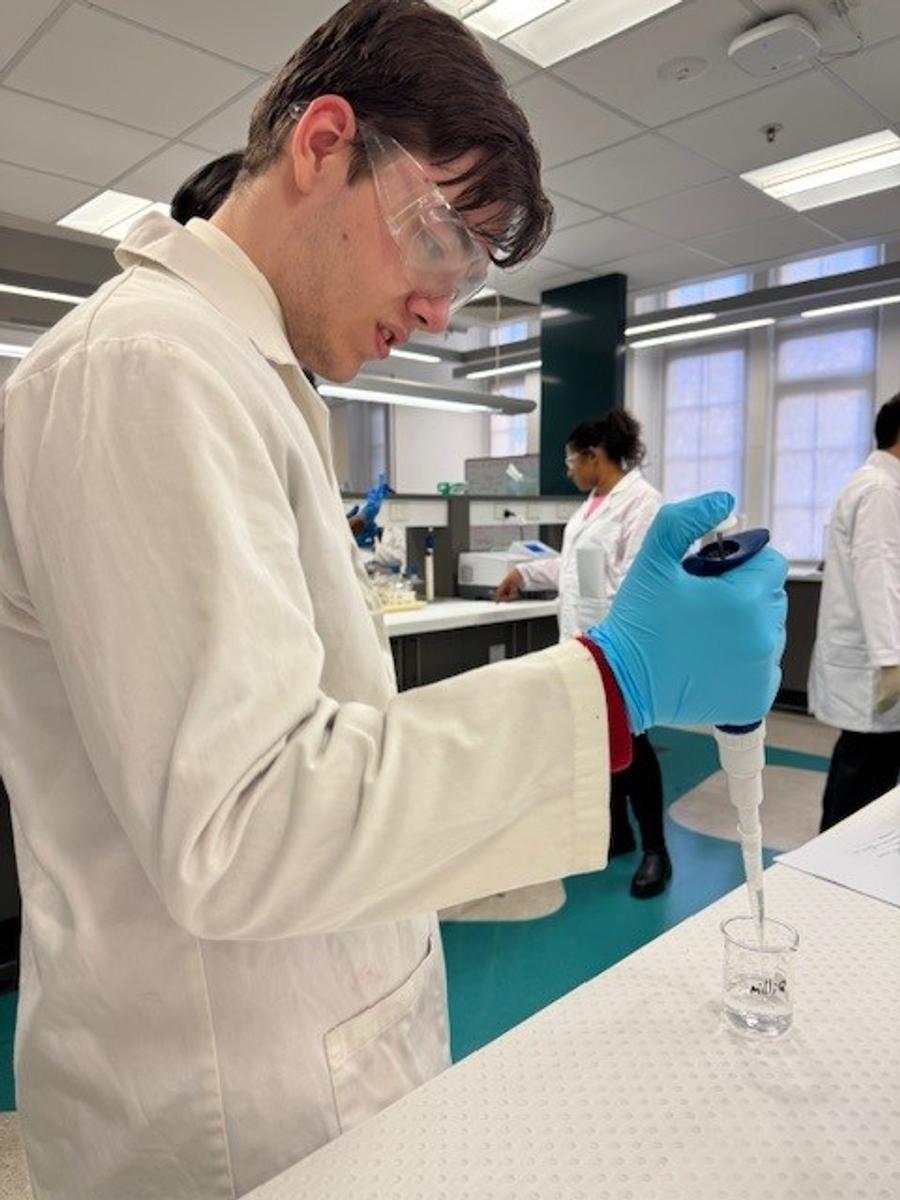
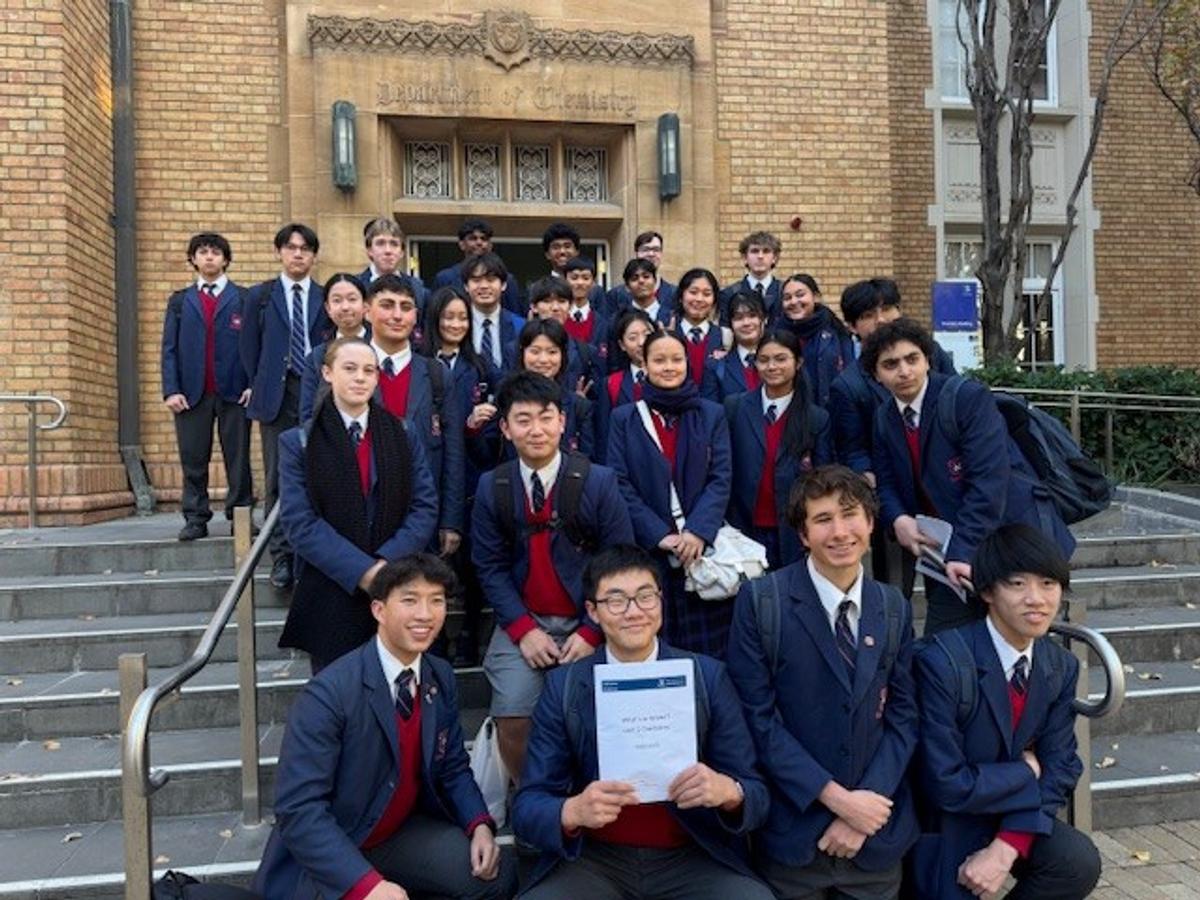








The functionality of the UV-visible spectrophotometer was thoroughly explained, allowing students to understand the principles behind absorbance measurement. Students then operated the instrument to obtain absorbance readings for their prepared samples and constructed calibration curves. These curves were used to determine the unknown concentrations of ions in a provided water sample—a critical step in quantitative chemical analysis.
In addition to practical work, students completed a structured workbook containing review questions designed to consolidate their learning and assess their understanding of analytical methods. The workshop not only deepened students' comprehension of spectroscopy but also fostered a greater appreciation for the precision and application of chemistry in real-world contexts.
The experience concluded with a guided introduction to two additional sophisticated analytical instruments: Nuclear Magnetic Resonance (NMR) spectroscopy and Mass Spectrometry. Both instruments offer powerful capabilities in the structural and compositional analysis of chemical compounds.
Overall, the excursion offered a valuable opportunity for students to engage directly with tertiary-level scientific equipment and methodologies. It significantly enhanced their understanding of analytical chemistry and inspired many to consider further studies and careers in the field of science.
Vinita Seago
Year 7 Coordinator